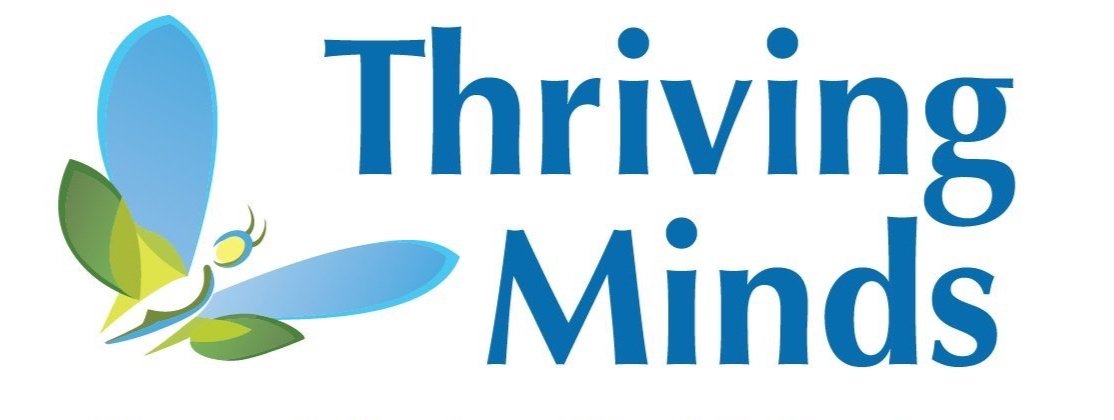Summer as a Bridge: Keeping Skills Strong for a Smoother School Year
Summer brings a welcome shift for many families: less pressure, more flexibility, and a break from the fast pace of the school year. For some children, this change leads to easier behavior, fewer meltdowns, and more time to recharge emotionally. With fewer demands, it’s natural (and often necessary) for families to relax routines and take a breather.
While that flexibility can feel like a relief in the short term, we often find that maintaining some level of structure and consistent expectations during the summer helps children transition more smoothly back into the school environment. Keeping up with routines, reinforcing positive behavior, and practicing school-ready skills (even casually) gives kids the stability they thrive on, without turning summer into another school semester.
Here are a few simple, sustainable ways to use the summer months as a bridge to a smooth fall transition:
Keep Expectations Light, but Consistent
1. Stick with Routines (Even Loosely)
While bedtimes and wakeups may shift, children still benefit from knowing what to expect. A basic daily rhythm (like morning routines, mealtimes, and wind-down steps at night) can reduce power struggles and ease transitions.
Example: Morning Routine = breakfast, get dressed, brush teeth, one chore. Evening Routine= dinner, bath, books, bedtime.
2. Keep Reward Systems Active (Just Adjust the Targets)
If you’ve been using a token economy, point chart, or daily reward/privilege system, don’t toss it just because school’s out. You can easily adapt it to fit summer life:
Summer Goals Could Include:
· Getting outdoor exercise
· Using kind words with siblings
· Completing a simple household task
· Trying a new activity or food
3. Practice School-Ready Behaviors in Everyday Life
Without the pressure of homework and classroom transitions, summer is a great time to build skills at a slower, steadier pace.
Try targeting:
· First-time listening (“It’s time to clean up, let’s see how fast you can start!”)
· Independent tasks like brushing teeth or packing a bag
· Following multi-step directions (“Put your shoes by the door, then grab your water bottle”)
4. Continue Reinforcing Positive Behavior
Just because there’s less to manage doesn’t mean reinforcement should disappear. Kids still benefit from specific, labeled praise and meaningful feedback for behavior we want to see more of.
Instead of “Good job,” try:
· “That was frustrating, you did such a good job staying calm and using your skills”
· “Thanks for getting ready without me asking twice, that was very responsible.”
· “I noticed how patient you were with your sister, she really appreciated that.”
5. Begin Shifting Gently Before School Starts
Rather than bracing for a “back-to-school crash,” try gradually reintroducing school-year structure in late summer:
Start with:
· Earlier bedtimes, 10–15 minutes at a time
· Practicing morning routines
· Reinstituting limited screen time during school hours
· Talking positively about what’s coming (“You’ve learned so much this summer, this is going to be a great year!”)
Even small amounts of structure and consistency can go a long way. By keeping expectations steady and reinforcing the behaviors you want to see, you’re helping your child feel confident, capable, and ready for a smoother return to school this fall.

